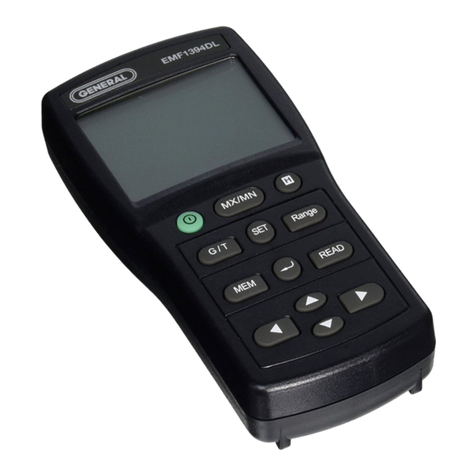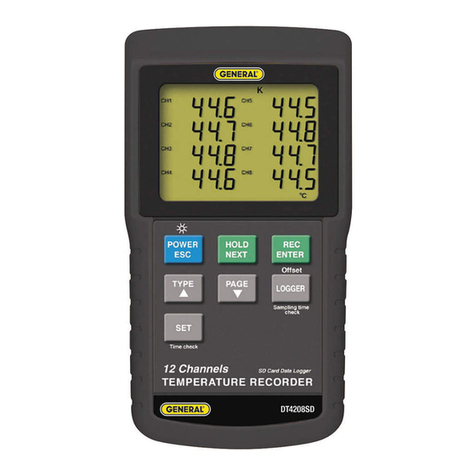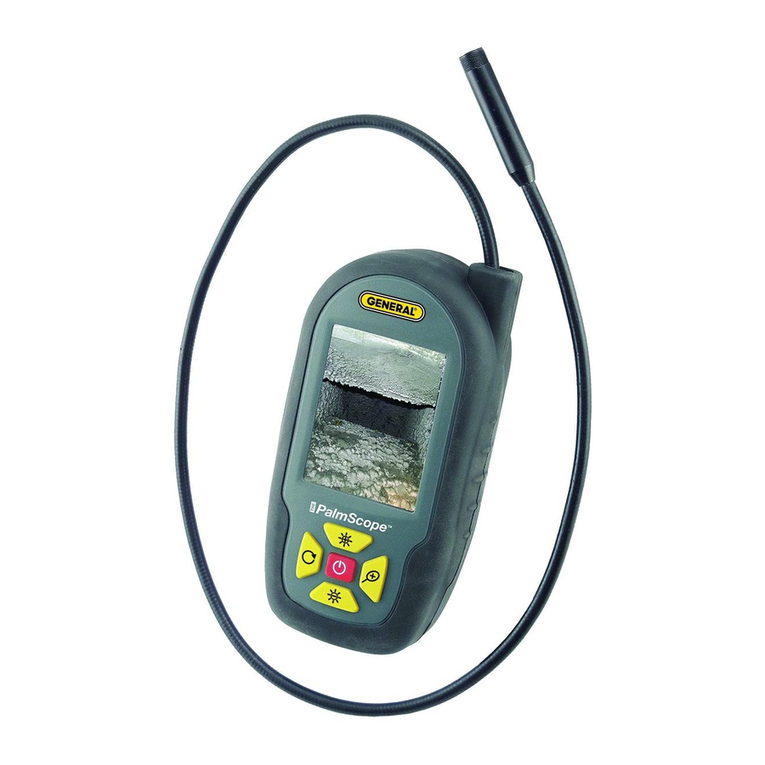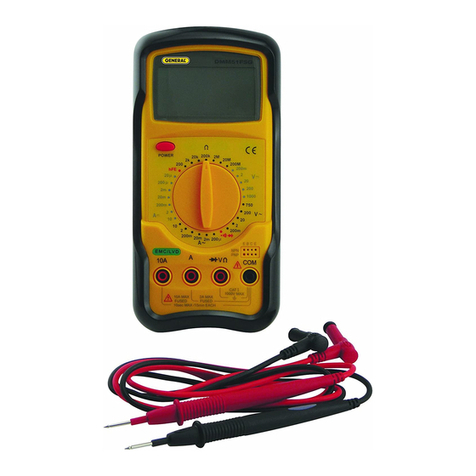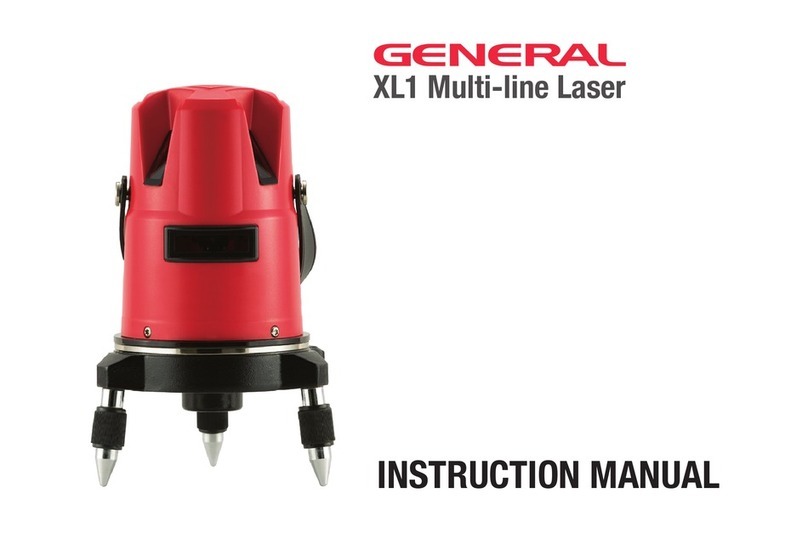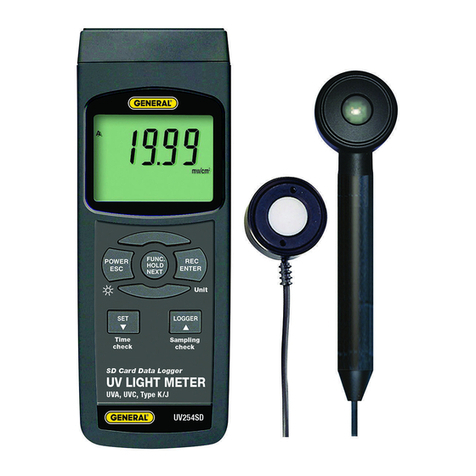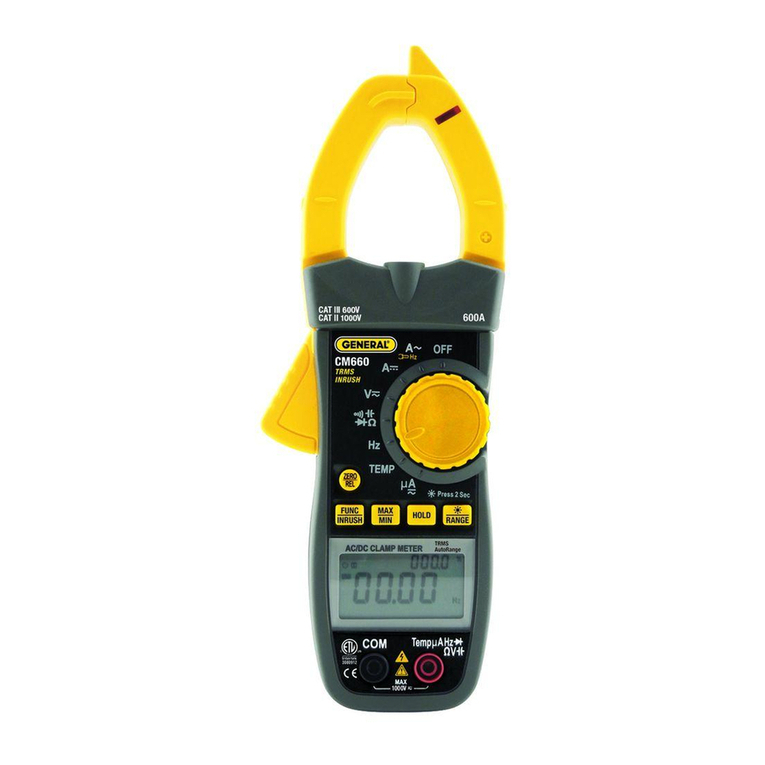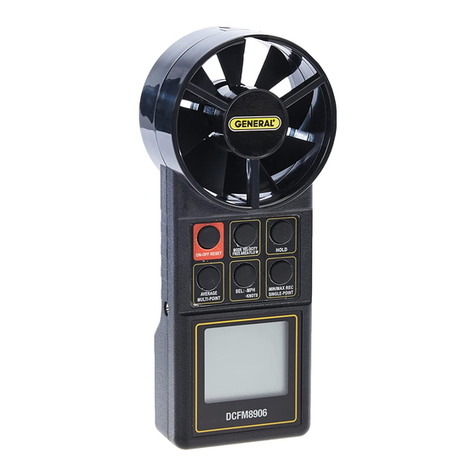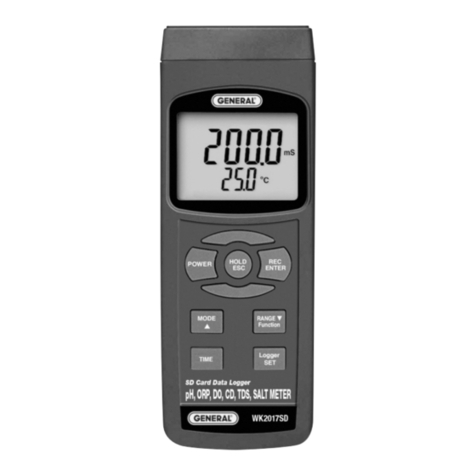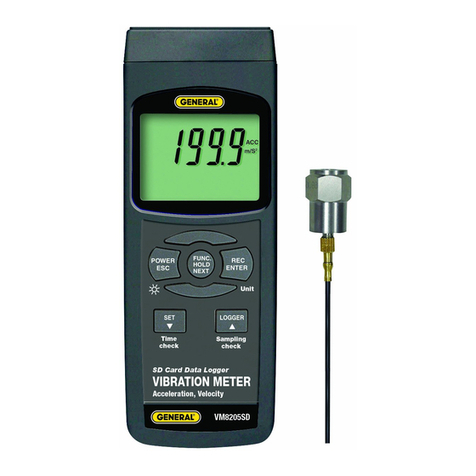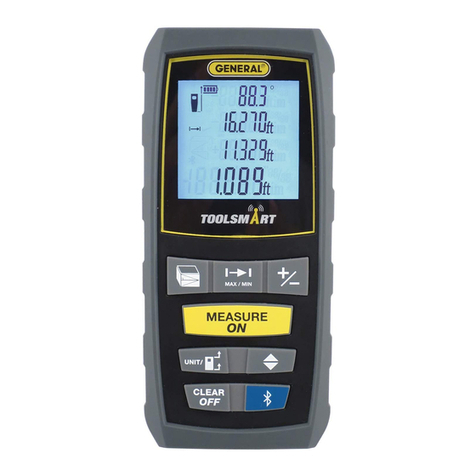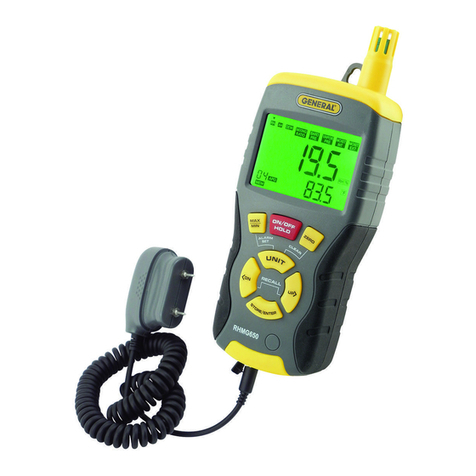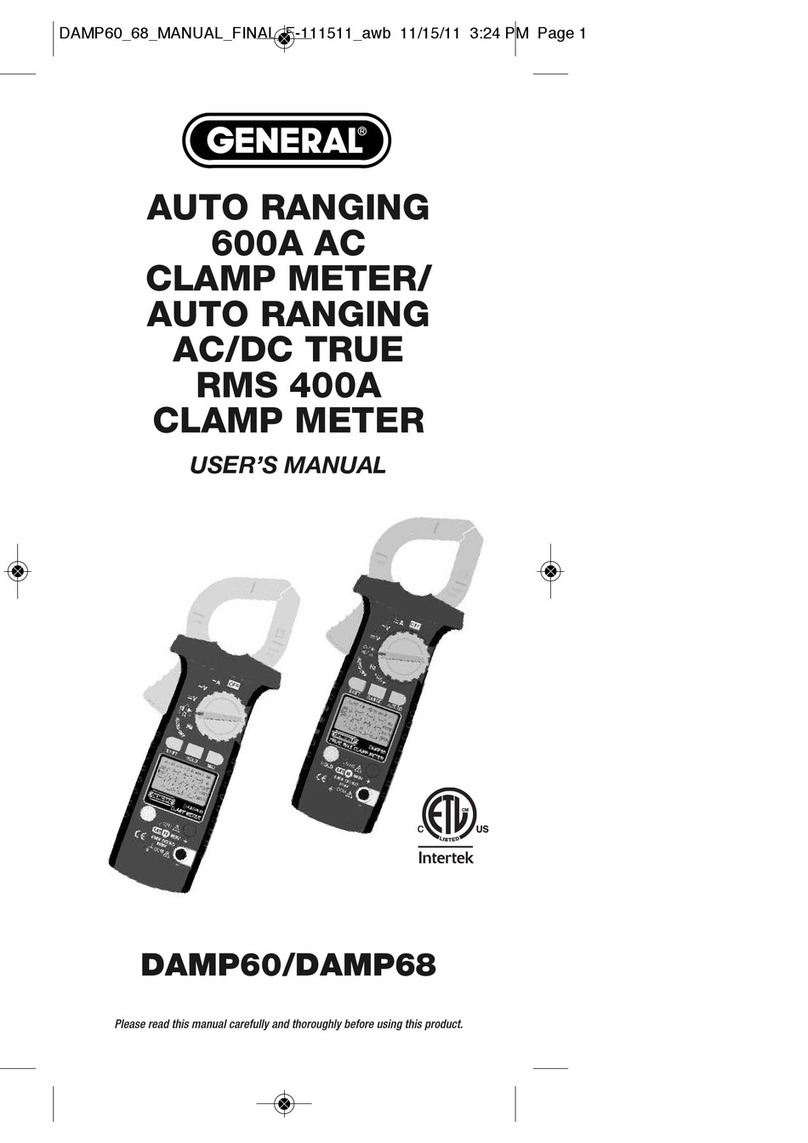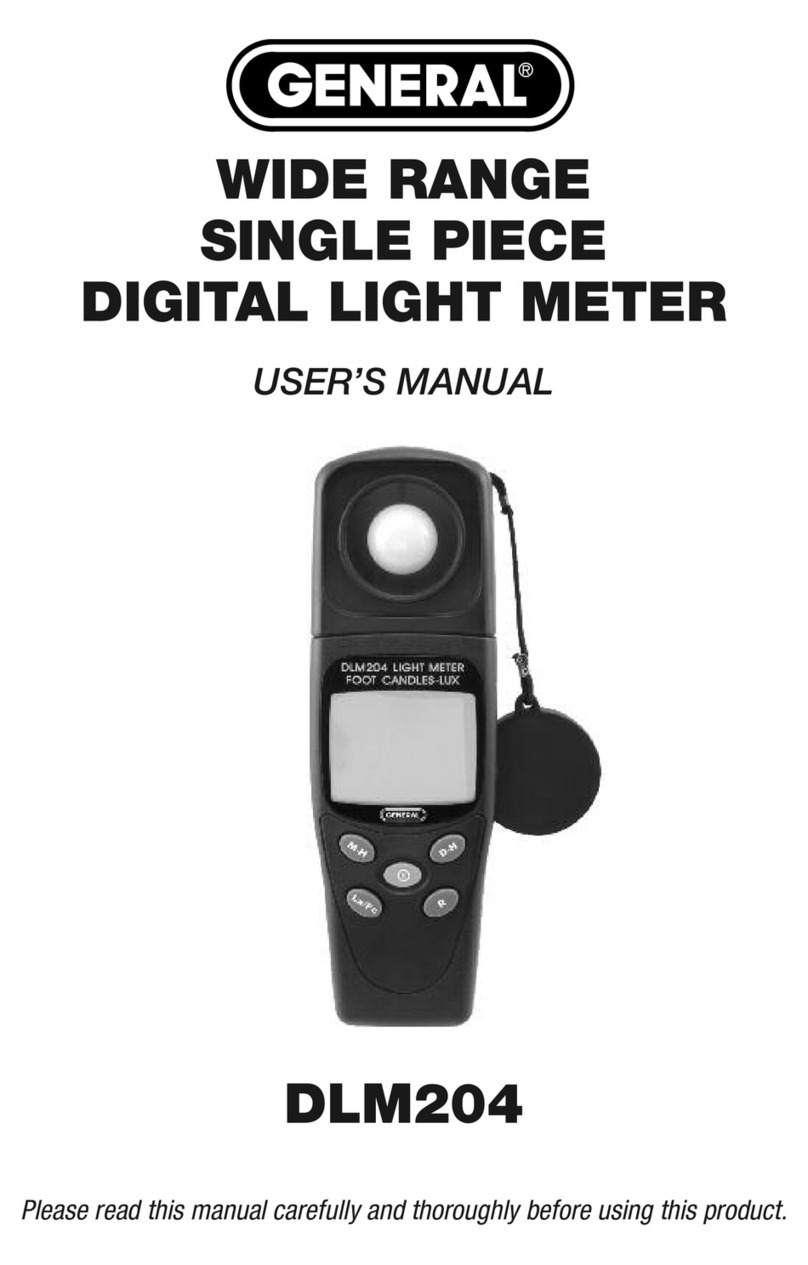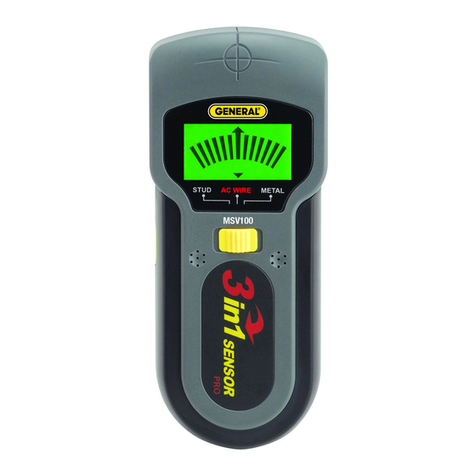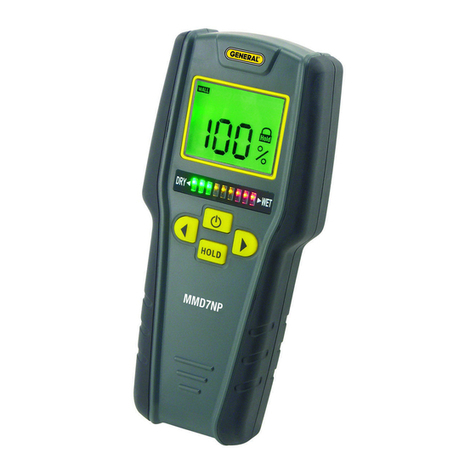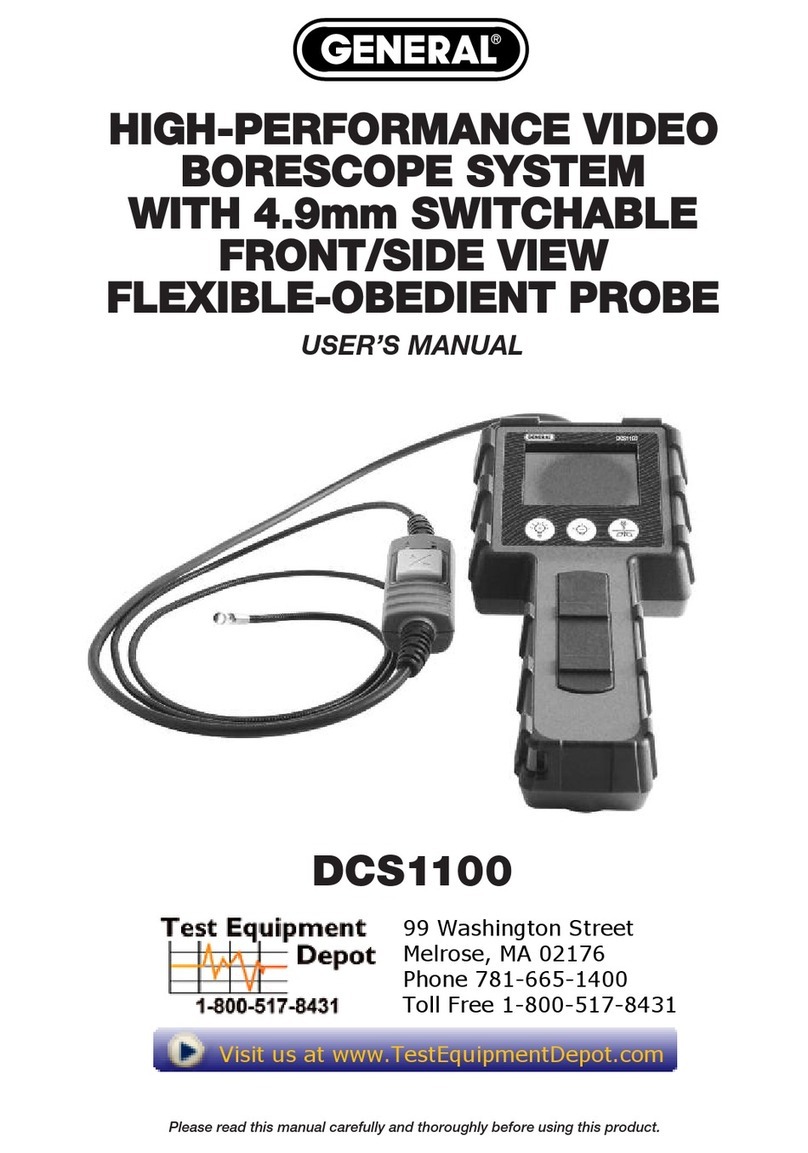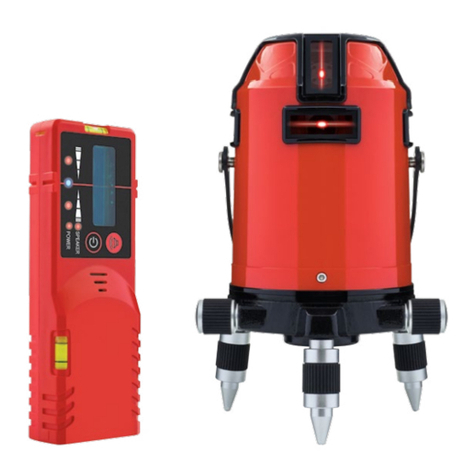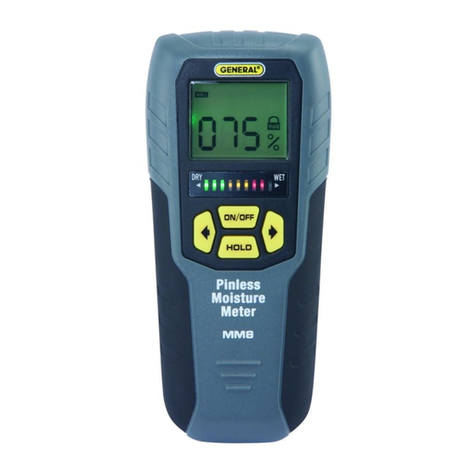
to store your selection. Then use the Type ▲and Page ▼buttons to set the loop’s
starting minute. Again press the REC/ENTER button to store your selection. Repeat this
sequence twice more to set and store the loop’s ending hour and minutes values.
Once you have entered the fourth value—the loop’s ending minute—
the following screen will appear:
To enable recording of data during the specified loop duration, press
either the Type ▲or Page ▼button to change the “no” to a “yES” and then press the
REC/ENTER button to store the selection. To disable recording, press the REC/ENTER button
without changing the “no” to a “yES”.
5. Choose a decimal point or comma to represent the decimal division between integers
and fractions (for example, American-style 20.88 vs. European-style 20,88). Once you
have set the date and time, the display will show the word “bASIC” above the phrase
“dEC”. Press the SET button to make “bASIC” (American style) or “Euro” appear in the
upper display, as desired. Press the REC/ENTER button to store the selection as the
default.
6. Enable or disable auto power off. Once the format of decimal point divisions has been
set and stored, the display will show the word “yES’ over the term “PoFF”. Press the
Type ▲or Page ▼button until the desired automatic power off management scheme
(“yES” for enable; “no” for disable) is displayed. Press the REC/ENTER button to store
the selection. If enabled, the power off function shuts off the DT4208SD after a period
of inactivity of ten minutes.
7. Enable or disable the beeper. The next step in the setup sequence turns the
thermometer’s beeper on or off. Once the auto power off function has been enabled or
disabled, the display will show the word “yES” over the word “bEEP”. Press the Type ▲
or Page ▼button until the desired setting (“yES” or “no”) is displayed, and then press
the REC/ENTER button to store the selection as the default.
8. Select the temperature unit. Once the beeper has been enabled or disabled, the lower
part of the display will show the term “t-CF”. Press the Type ▲or Page ▼button until
the unit you prefer (“F” for Fahrenheit, “C” for Celsius”) is displayed. Then press the
REC/ENTER button to store the selection as the default.
9. Set the datalogging sampling time. Once the default temperature unit has been
selected and stored, the display will show a value above the letters “SP-t”. Press the
Type ▲or Page ▼button to decrease or increase the value until the desired sampling
time appears above “SP-t”. The options are 0, 1, 2, 5, 10, 30, 60, 120, 300, 600, 1800
and 3600 seconds (0 seconds to 1 hour).
10. Format the SD card. Once the sampling time has been set and stored, the term “Sd-F”
will appear in the lower half of the display. Press the REC/ENTER button.
Pressing the REC/ENTER button causes the word “no” or “yES” to appear over the term
“Sd-F”. Press the Type ▲or Page ▼button to make a selection. Choose “yES” whenever
a new SD card is being used, or when a used card is being repurposed (from use with
another SD card instrument or a camera, for example) and all data on it is to be erased.
Choose “no” to preserve any data on a card previously used with this instrument.
7
